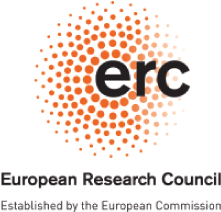26.06.18
Shona Jane Lee » Developing Diagnostics for Global Health
In June 2018, McGill University's Global Health Programme hosted its 4th annual Summer Institute in Infectious Diseases and Global Health in Montreal, Canada. Shona Jane Lee, an associated researcher with the DiaDev project, attended this year's 5 day course on Global Health Diagnostics. In this mini-series she reports some of the key themes and conversations emerging from the






